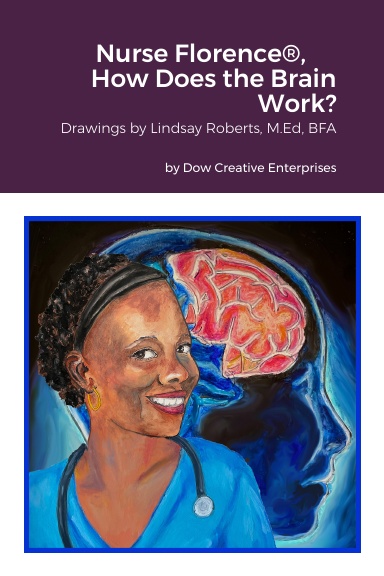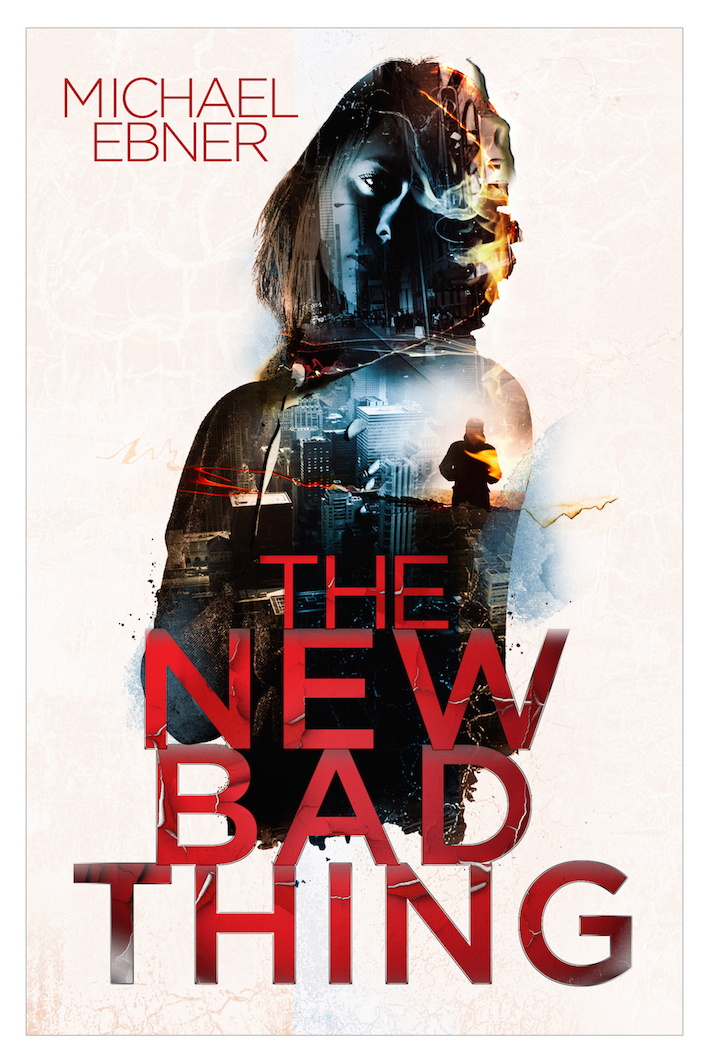You must be logged in to post a review.
Nurse Florence®, How Does the Brain Work?
I enjoyed reading Nurse Florence, How Does the Brain Work? by Michael Dow, illustrated by Lindsay Roberts. Dedicated to nursing pioneer Florence Nightingale, this educational book teaches children about the various parts of the brain.
The story begins with students Jean, Condi, and Sonia. Just having left an interesting history class, the girls are walking in the cafeteria when they spot Nurse Florence at a table. Amongst themselves, they agree to go sit with her and ask if she can tell them the most interesting thing about the human body. She smiles, happy to help them learn, and begins to show them on her cellphone different pictures of the brain.
Showing the girls the many different parts of the brain, she teaches them how the varying sections function. For example, she shows the girls a highlighted image of the back of the brain, telling them that this part is responsible for the way they see things in the world. So, if the girls were to injure it, they would not be able to see. Likewise, she shows the girls another picture, this time of the left side of the brain. She tells them that this area is responsible for producing and understanding speech. If someone were to have a stroke, this part of the brain can die, meaning the patient may not be able to speak normally anymore.
The story continues in this format for the rest of the book, showing a visual of each part of the brain and giving a crash course on each part’s performance. Finally, toward the end of Nurse Florence’s lessons, she reminds them of the importance of protecting their brains by wearing things like safety helmets when they are riding their bicycles or playing sports.
Overall, I found Nurse Florence, How Does the Brain Work? to be a very interesting and informative read. I think it would be a great story between child and parent or sibling, but also in the classroom. Paired with a lesson on Florence Nightingale, this book could be a great introduction to human anatomy and the history of medicine.
I also really enjoyed the illustrations done by Roberts. She did a great job depicting Florence with a modern-day approach, something that may be more relatable to a younger generation. Having her use a cellphone and show pictures on her device is something children of any age are becoming used to.
Overall, I would recommend this children’s book to readers aged six to twelve, especially in a STEM classroom.
| Author | Michael Dow, RN, MS |
|---|---|
| Star Count | 4/5 |
| Format | Trade |
| Page Count | 68 pages |
| Publisher | Dow Creative Enterprises |
| Publish Date | 13-May-2023 |
| ISBN | 9781312689558 |
| Bookshop.org | Buy this Book |
| Issue | June 2023 |
| Category | Children's |
| Share |









Reviews
There are no reviews yet.